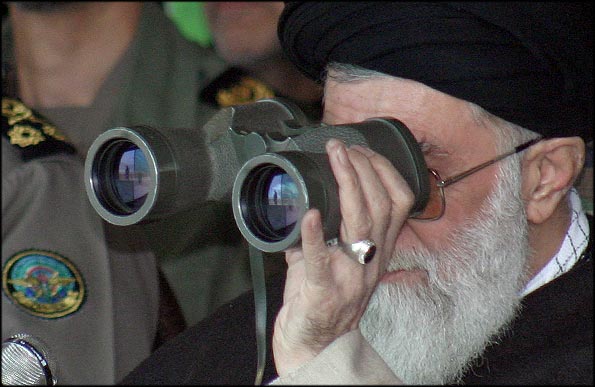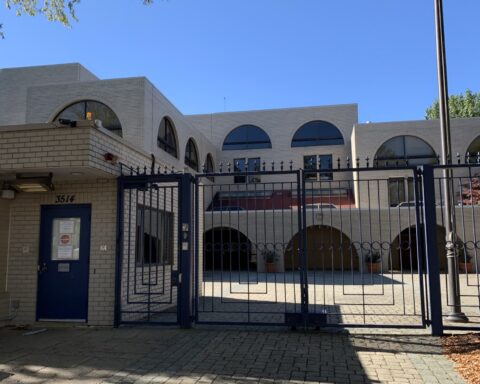According to independent researchers who reviewed emerging satellite imagery, Iran’s barrage of ballistic missiles this week appears to have surpassed Israel’s ultra-advanced air defenses in several locations, managing to inflict damage in the process on key Israeli
This implies that any new Iranian attacks against Israel, if they are launched, could have significantly more severe repercussions if they are directed at civilian infrastructure or densely populated residential areas.
That is a critical factor to take into account as Israel formulates its military response. Tehran has issued a threat to strike Israeli power facilities and oil refineries in the event that Israel launches a counterattack on Iranian territory in the near future.
Our first count is that 32 missiles struck Nevatim Air Base (pins) — although three impact points are obscured by clouds in the 50 cm Skysat and had to be made with 3 m Dove images (white pins). @DuitsmanMS @sam_lair @dex_eve @JamesMartinCNS pic.twitter.com/AKxE8g41Vm
— Dr. Jeffrey Lewis (@ArmsControlWonk) October 3, 2024
In contrast to the barrage of cruise missiles and drones that Iran launched on April 13, which consisted of a significant number of slower missiles, Tuesday’s barrage was exclusively composed of approximately 180 ballistic missiles that were significantly quicker.
This strike was one of the largest of its kind in the history of warfare. According to analysts, the Fattah-1 and Kheibar Shekan, Iran’s most advanced ballistic missiles, were responsible for the majority of these projectiles.
According to an analysis conducted by professor Jeffrey Lewis of the Middlebury Institute for International Studies in Monterey, Calif., satellite images of the Nevatim air base in southern Israel, which is home to its F-35 jet fighters, indicate that as many as 32 Iranian missiles were able to land within the base’s perimeter on Tuesday.
Lewis stated that the interceptors are more expensive and limited in quantity than the incoming Iranian missiles, despite the fact that Israel employs the advanced Arrow 2 and Arrow 3 missile defense systems, which are co-produced with the United States.
Multiple interceptors are frequently required to attempt to impede a single ballistic target.
Tel Nof air base, which was also a primary target on Tuesday, has not yet been the subject of publicly accessible high-resolution images.
The video footage from the area appeared to depict secondary detonation, which implies that ammunition or air defenses were struck.
In addition, at least one projectile descended in northern Tel Aviv, a distance of hundreds of yards from the headquarters of the Israeli intelligence agency Mossad.
[READ MORE: Boris Johnson Claimed Israeli Prime Minister Planted Bug in His Bathroom During Visit]















